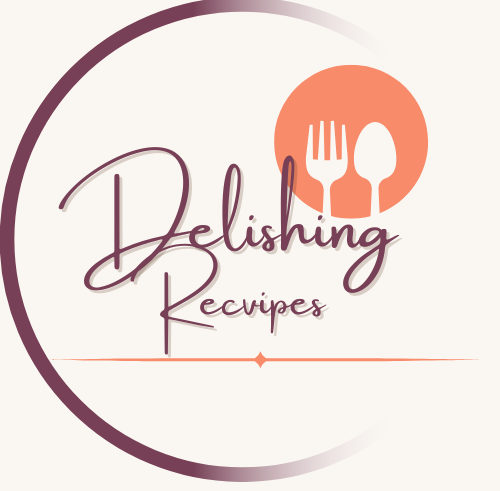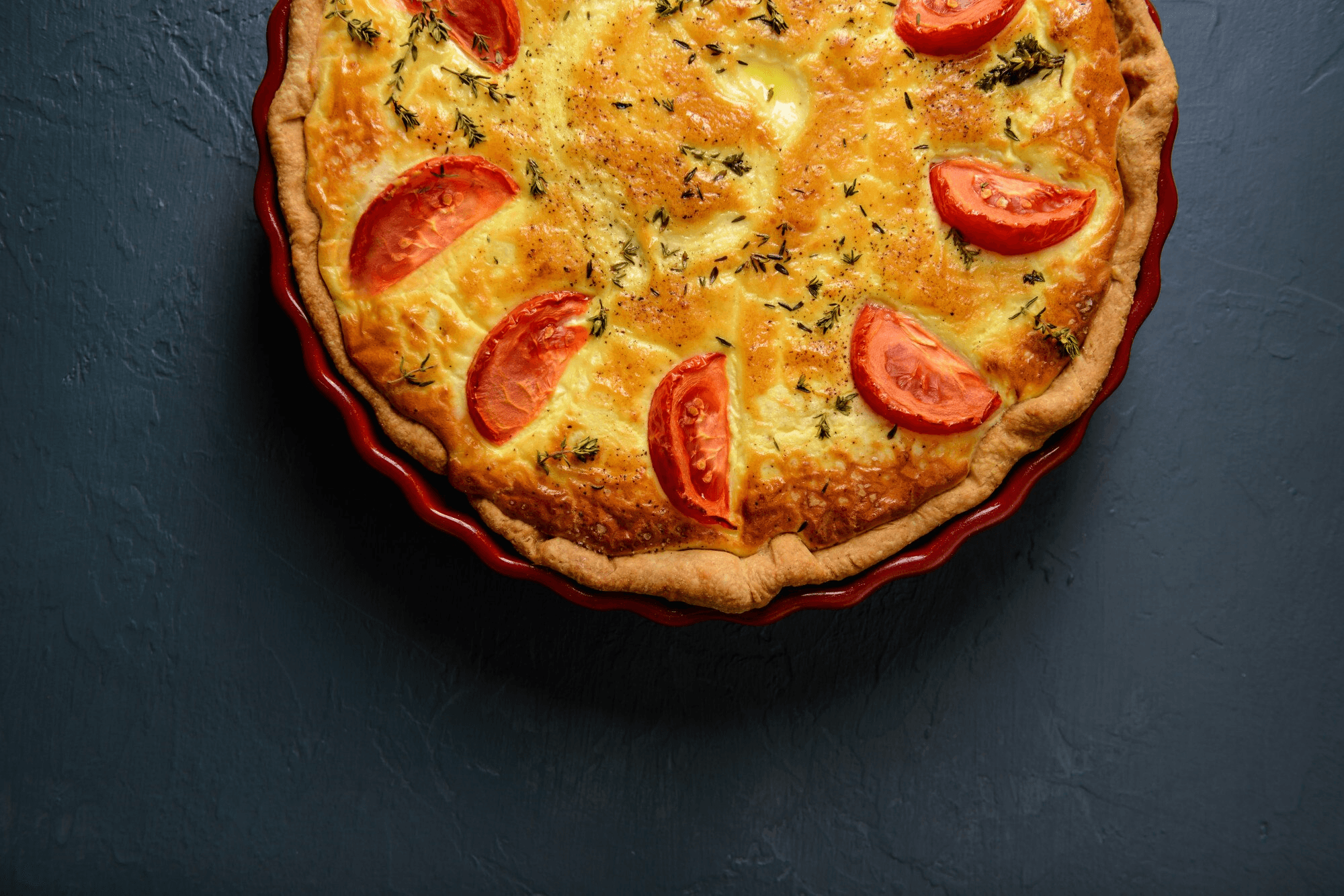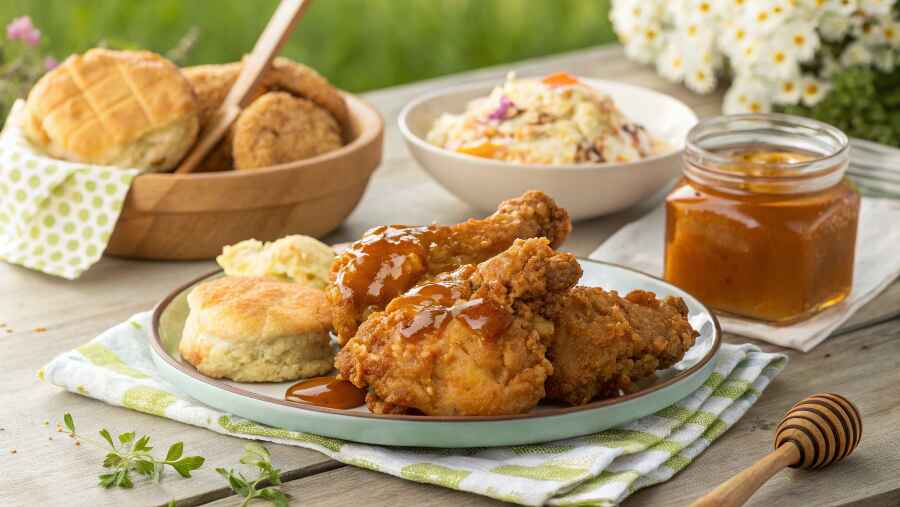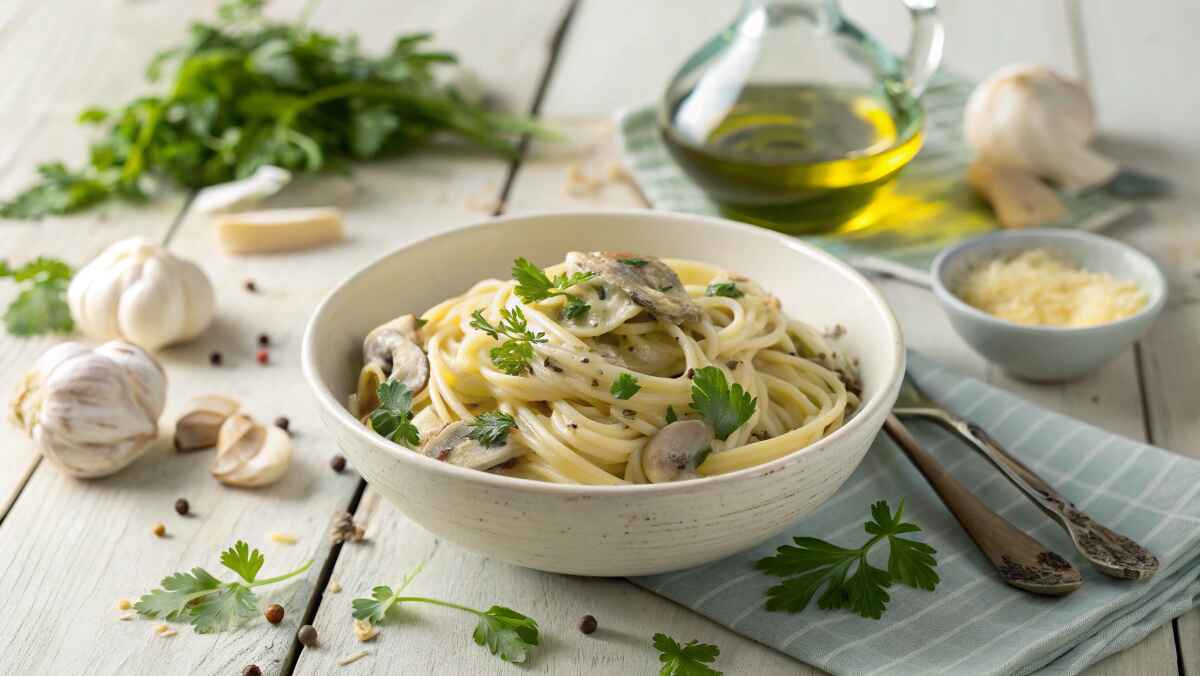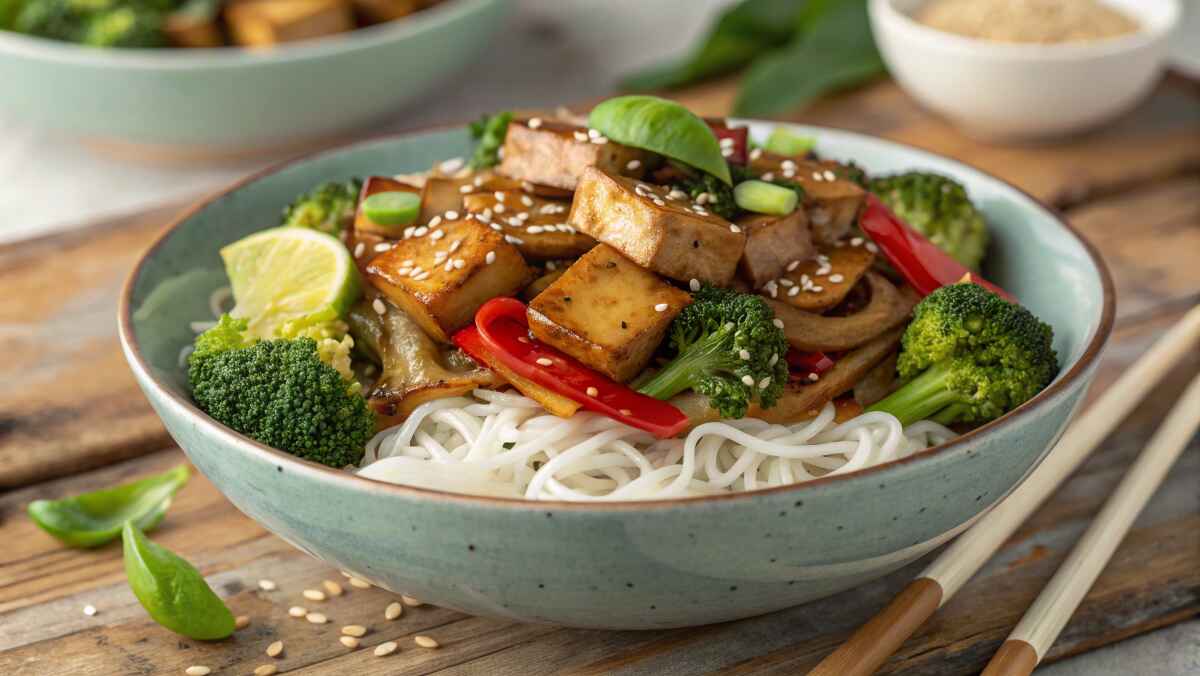Why Pre-Baking Your Quiche Crust Is Essential for a Perfect Bake
A beautifully baked quiche is more than just a delicious dish—it’s a culinary masterpiece that balances a crispy, golden crust with a creamy, custard-like filling. However, one common question often leaves home cooks wondering: Do I need to pre-bake my quiche crust?
The answer, almost universally, is yes. Pre-baking, also known as “blind baking,” is a crucial step in achieving the perfect quiche. Without it, you risk ending up with a soggy, undercooked crust that lacks the structure to support the rich, velvety filling. A properly pre-baked crust acts as a barrier, preventing the custard from soaking into the dough while allowing the edges to develop a crisp, flaky texture that complements every bite.
But why is blind baking so important? And how can you ensure you’re doing it correctly? Many home cooks skip this step out of convenience or uncertainty, only to end up with disappointing results. This comprehensive guide will walk you through why pre-baking matters, the step-by-step process to do it right, and common mistakes to avoid, so you can master the art of quiche baking with confidence.
Whether you’re making a classic quiche Lorraine, a vegetarian quiche with roasted vegetables, or a bold gourmet variation, learning how to properly blind bake your crust will elevate your quiche from good to exceptional. Let’s dive into the details and make sure your next quiche is as flawless as it is flavorful!
Why Pre-Baking Your Quiche Crust Is Essential
The crust of a quiche is more than just a vessel for the filling—it is a crucial component that contributes to the overall flavor, texture, and presentation of the dish. Pre-baking, or “blind baking,” the crust ensures it holds up against the custard filling, maintaining its integrity and enhancing the quiche’s appeal. Skipping this step often results in a soggy, unappetizing base that detracts from the dish. Let’s delve deeper into why pre-baking is essential.
1. Prevents Soggy Bottoms
Quiche fillings, particularly custard-based ones, are inherently rich in liquid. Eggs, milk, and cream combine to create a luscious filling, but this moisture can seep into an unbaked crust, leaving it soft and soggy. Pre-baking acts as a safeguard by partially cooking the crust and forming a barrier that keeps the moisture from penetrating.
How Pre-Baking Helps:
- It allows the crust to firm up before the custard is added, ensuring the base remains crisp.
- When combined with techniques like adding a layer of breadcrumbs, grated cheese, or flour, pre-baking further reinforces the crust against moisture.
By preventing sogginess, pre-baking ensures the texture of the crust contrasts beautifully with the creamy filling.
2. Ensures Even Baking
Quiche crusts and fillings bake at different rates. While the custard needs gentle, even heat to set without curdling, the crust requires higher temperatures to develop a golden, flaky texture. Pre-baking addresses this disparity by partially cooking the crust in advance.
Why It Matters:
- A pre-baked crust is less likely to overbake or burn during the time it takes for the custard to cook.
- It guarantees an evenly baked quiche, where both the crust and filling achieve their ideal textures simultaneously.
For example, recipes that use hearty ingredients like ham or roasted vegetables benefit greatly from an evenly baked crust that supports the filling without becoming overcooked.
3. Enhances Flavor and Texture
The process of pre-baking not only improves the crust’s structure but also enhances its flavor and mouthfeel. During blind baking, the crust develops a nutty, toasty aroma and flavor as the butter in the dough caramelizes slightly.
Flavor and Texture Benefits:
- The crust becomes crisp and flaky, creating a pleasant contrast to the soft, custard-like filling.
- The golden-brown appearance adds visual appeal, making the quiche look as good as it tastes.
A well-baked crust elevates the quiche from ordinary to gourmet, turning it into a dish that’s as impressive as it is delicious.
4. Supports Creative Recipes
If you love experimenting with quiche fillings, pre-baking is non-negotiable. Ingredients like fresh spinach, zucchini, tomatoes, or seafood release water as they cook, increasing the likelihood of a soggy crust. Pre-baking ensures the crust remains stable and prevents structural collapse.
For Creative Combinations:
- Use pre-baking when working with watery vegetables or delicate proteins like crab or shrimp.
- For added protection, layer the crust with a thin coating of mustard, cream cheese, or even a sheet of prosciutto before adding the filling.
This step allows you to get creative with your quiche recipes while maintaining the integrity of the crust.
5. Sets the Stage for Perfection
Pre-baking sets your quiche up for success from the start. It not only guarantees a crisp, golden base but also makes assembly easier. Once the crust is pre-baked, you can confidently add the filling, knowing the base will hold up under its weight and moisture.
For more tips on creating perfect quiches, including techniques for working with delicate crusts and fillings, check out this expert guide on quiche baking techniques.
How to Pre-Bake a Quiche Crust: Step-by-Step Guide
1. Choose the Right Dough
Whether you’re using homemade or store-bought dough, ensure it’s suitable for quiches. All-butter pastry or a sturdy shortcrust works best.
2. Prepare the Crust
- Roll out the dough to fit your pie or quiche dish.
- Press it firmly into the dish, ensuring there are no air pockets.
- Trim the edges neatly or leave a slight overhang to account for shrinkage.
3. Chill the Dough
Chilling the dough for 15–30 minutes in the refrigerator helps prevent shrinking during baking and ensures a flaky texture.
4. Line the Crust
Place a sheet of parchment paper over the crust, ensuring it covers the edges. Fill the crust with pie weights, dried beans, or uncooked rice to keep it from puffing up.
5. Bake with Weights
Preheat your oven to 375°F (190°C). Bake the crust with weights for 10–15 minutes, or until the edges start to turn golden.
6. Remove the Weights
Carefully remove the parchment and weights. Return the crust to the oven and bake for an additional 5–7 minutes to allow the base to firm up.
7. Cool Before Filling
Let the crust cool slightly before adding your filling. This helps it retain its crispness and prevents immediate sogginess.
For more tips on managing crusts and fillings, check out this comprehensive guide to quiche-making.
What Happens If You Skip Pre-Baking?
Skipping the pre-baking step can lead to several undesirable results:
- Soggy Bottom
The liquid from the custard filling can seep into the raw dough, leaving the crust soft and unappetizing. - Uneven Cooking
The crust may bake unevenly, with overcooked edges and an underbaked center. - Structural Issues
A raw crust might collapse under the weight of the filling, leading to a less visually appealing dish.
Tips for Perfect Pre-Baking
1. Prevent Overbaking the Edges
Use aluminum foil or a pie shield to cover the edges of the crust during pre-baking. This prevents them from browning too quickly.
2. Use a Quality Pie Dish
Glass and ceramic pie dishes distribute heat evenly, ensuring the crust bakes uniformly. Avoid dark metal pans, which can cause overbrowning.
3. Add a Barrier for Extra Protection
Sprinkle a thin layer of cheese, breadcrumbs, or flour over the base of the crust before adding the filling. This adds an additional layer of protection against moisture.
4. Be Patient
Allow the crust to cool slightly after pre-baking. Filling it while still hot can compromise its texture.
For more techniques to elevate your quiche-making skills, explore this guide on troubleshooting soggy quiches.
Frequently Asked Questions About Pre-Baking Quiche Crusts
1. Can I Pre-Bake the Crust Ahead of Time?
Yes, you can pre-bake the crust up to a day in advance. Store it covered at room temperature until ready to use.
2. Is Pre-Baking Necessary for All Quiche Recipes?
Most quiche recipes benefit from pre-baking, but exceptions exist for some deep-dish quiches or those with very thick crusts.
3. How Do I Keep the Crust From Shrinking?
Chilling the dough before baking and avoiding stretching it into the pan are key steps to prevent shrinkage.
4. Can I Skip the Weights?
While weights help ensure an even bake, you can prick the base of the crust with a fork to reduce puffing if weights aren’t available.
Final Thoughts: Mastering the Art of Quiche Baking
Achieving the perfect quiche starts with one essential step—pre-baking your crust. Skipping this process can lead to a soggy, undercooked base that compromises the texture and overall enjoyment of your dish. Whether you’re making a classic quiche Lorraine, a vegetarian quiche packed with roasted vegetables, or a gourmet creation with bold flavors, blind baking ensures your crust remains flaky, crisp, and structurally sound.
Beyond just preventing a soggy crust, pre-baking also enhances the overall presentation and mouthfeel of your quiche. A golden, well-baked crust provides the perfect contrast to the creamy, custard-like filling, giving each bite the ideal balance of texture and flavor. With this technique in your arsenal, you’ll be able to serve a quiche that not only looks impressive but also delivers on taste.
Make Every Quiche a Showstopper
By mastering blind baking and proper filling techniques, you can create quiches that are:
✔ Perfectly set and evenly cooked – No more runny or underbaked centers.
✔ Golden and crisp on the outside – A crust that holds its shape and stays flakey.
✔ Rich and flavorful – Every ingredient shines in a beautifully balanced filling.
So the next time you’re baking a quiche, take the extra step to pre-bake the crust—your efforts will be rewarded with a dish that’s both visually stunning and irresistibly delicious.
For even more quiche inspiration, explore this ultimate guide to creamy quiche fillings and discover exciting new flavor combinations to elevate your next bake.
